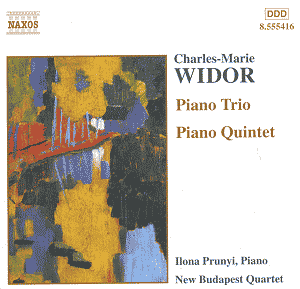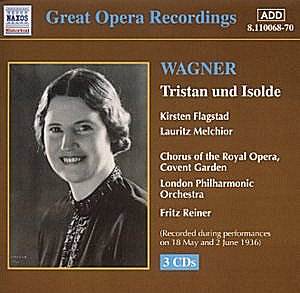 Composer: Charles-Marie Widor
Composer: Charles-Marie Widor
Works: Piano Trio in B flat major (1875), Piano Quintet in D minor (1890)
Performers: Ilona Prunyi (piano), New Budapest Quartet
Recording: Italian Institute, Budapest, 10-13 April 1988
Label: NAXOS
Widor, primarily celebrated for his organ symphonies, occupies a unique yet often overshadowed position in the late Romantic repertoire. The Piano Trio in B flat major and the Piano Quintet in D minor, recorded here, reveal a composer whose chamber works, though less frequently performed, exhibit a blend of melodic charm and emotional depth akin to that of his contemporaries, particularly Fauré and Franck. These pieces, originating from a period when Widor was establishing his identity beyond the organ, reflect an intriguing balance between lyrical beauty and structural rigor.
The performance by Ilona Prunyi and the New Budapest Quartet captures the essence of Widor’s lyrical language with commendable clarity and sensitivity. Prunyi’s piano playing is particularly noteworthy; her touch is both delicate and assertive, allowing the melodic lines to soar while maintaining a harmonic foundation that is rich yet unobtrusive. In the Piano Trio’s Andante, for instance, the rocking theme unfolds with a serene grace that is both nurturing and contemplative. The ensemble’s understanding of dynamics and phrasing breathes life into Widor’s intricate textures, drawing the listener into the emotional landscape of the work.
The interpretation choices made by the performers reflect a deep engagement with the score. The Andante of the Piano Quintet stands out as a masterful showcase of Widor’s ability to intertwine wit with emotional poignancy. The dialogue between piano and strings is deftly handled, with the musicians navigating the subtleties of Widor’s writing—an interplay reminiscent of Schumann’s lyrical sensibilities. The Allegro con moto, while energetic, does not quite match the emotional intensity established earlier, an observation that echoes the work’s dedication to Gounod. The performance, however, maintains a vibrant character throughout, ensuring that the energy remains palpable.
Sound quality and engineering are commendable, providing a warm, resonant acoustic that enhances the natural interplay of the instruments. The recording captures the nuances of the piano’s timbre and the string resonance beautifully, allowing the listener to appreciate the intricate interplay of voices. This clarity is essential in conveying the distinct musical ideas Widor employs, especially in passages where the thematic material is exchanged between instruments.
Comparatively, Widor’s chamber works have not garnered the same prominence as those of his contemporaries, yet this recording serves as a compelling reminder of their merit. While other recordings exist, such as those by the Melos Ensemble, this interpretation by Prunyi and the New Budapest Quartet distinguishes itself through its focused musicality and emotional investment. The nuances captured here provide a refreshing perspective on Widor’s contributions to chamber music, fostering a deeper appreciation for his oeuvre beyond the organ.
The synthesis of lyrical beauty, structural integrity, and emotional depth in these works positions Widor as a significant yet understated figure in late Romantic music. This recording not only illuminates the charm and sophistication of the Piano Trio and Piano Quintet but also underscores the necessity of revisiting Widor’s chamber works. Engaging performances such as this one are pivotal in reevaluating and revitalizing interest in the less-explored facets of this composer’s output.



